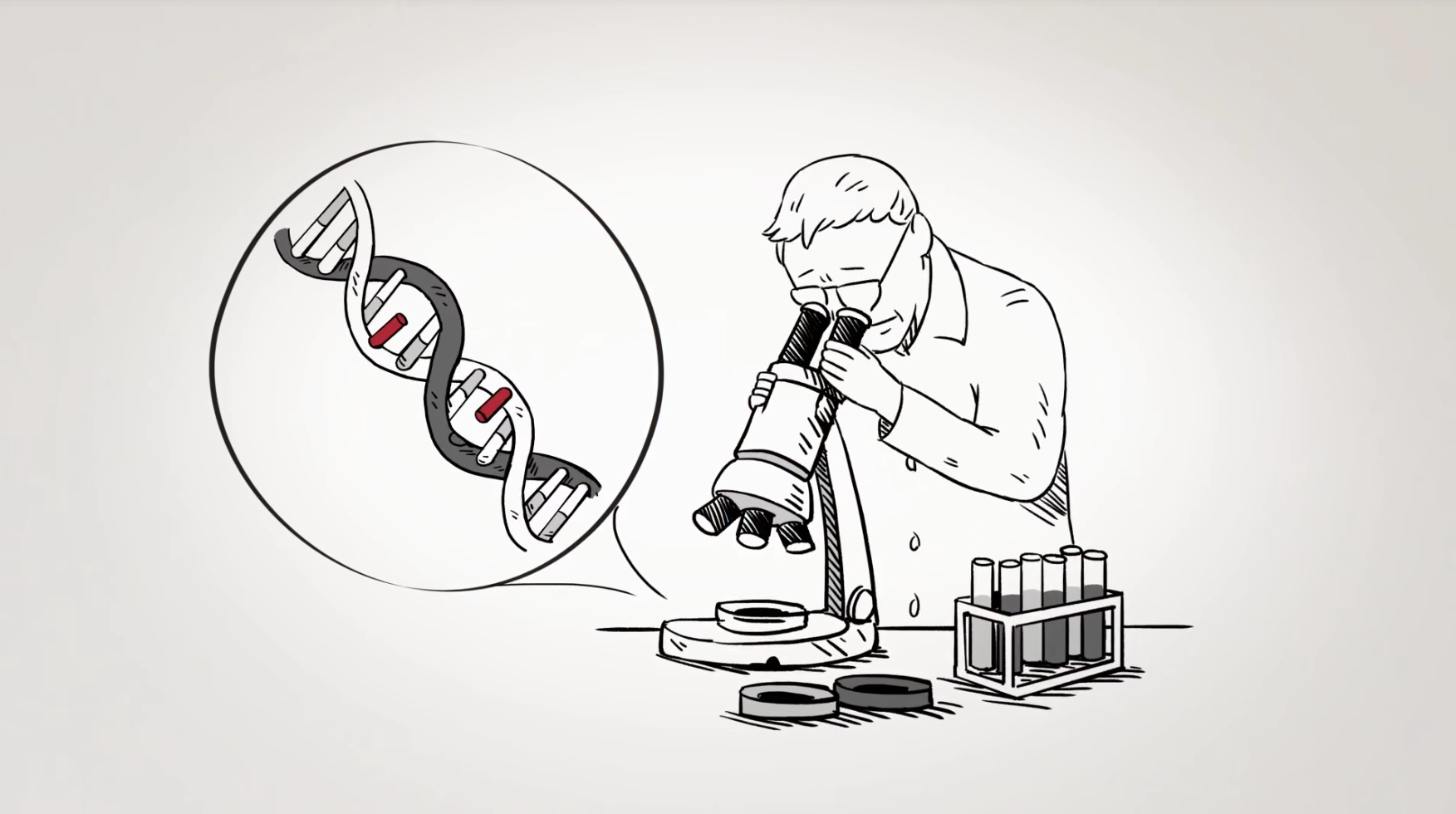About
- More than five million people in the U.S. are currently living with Alzheimer’s disease. Additionally, its economic and physiological burden results in shorter lifespans.
- In 2012, the alarming number of Alzheimer’s patients, the majority of whom are over the age of 65, and the tremendous burden of necessary care measures, caused a staggering economic toll of over $300 billion; this number has assuredly increased.
- Alzheimer’s is the sixth-leading cause of death in the U.S. and the only disease among the top ten that, currently, cannot be prevented, cured or slowed. This highlights the need for better methods to model the disease and find suitable drugs for treatment.
How Stem Cells Can be Used to Model and Treat Alzheimer’s Disease
- Using cells from Alzheimer’s patients, researchers can model the disease in a dish and test potential medications on those cells to identify “hits”. These “models in-a-dish” are called organoids and have become a very powerful tool for the study of disease mechanisms.
- Notably, Prop 14 dedicates $1.5 billion to the study of diseases related to the central nervous system, which includes Alzheimer’s disease.
CIRM’s Progress: Selected Research Highlights
Researchers at UCSD are investigating viable candidate drugs to reduce Alzheimer’s disease (AD) pathologies. In short, using reprogrammed stem cells (human induced Pluripotent Stem Cells or hiPSC) from patients that have rare and aggressive hereditary forms of AD, these scientists have modeled AD in the dish to: 1) understand the mechanisms that cause the disease, and 2) screen either FDA-approved drugs to potentially re-purpose them or identify novel therapies for treatment of the disease.

